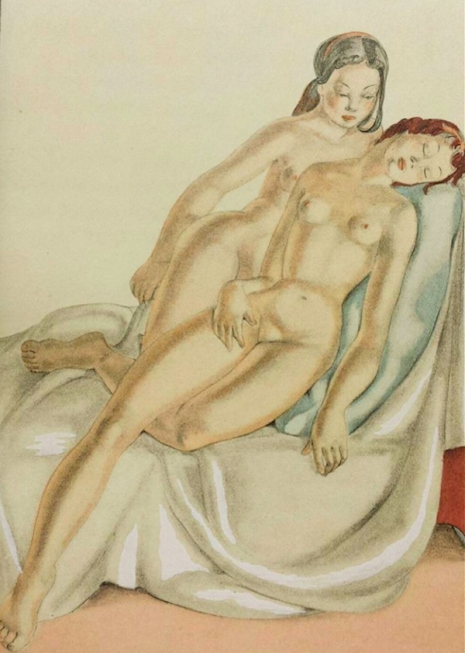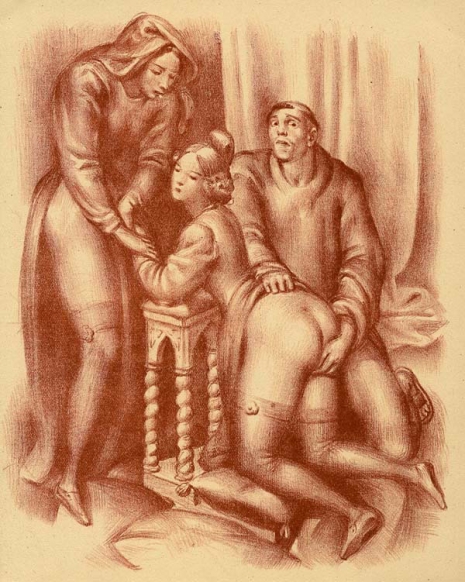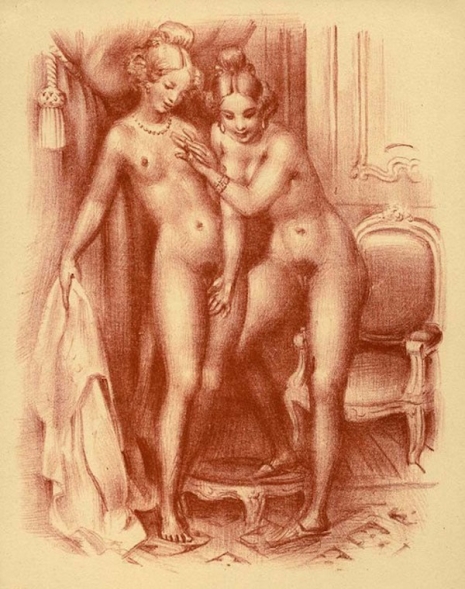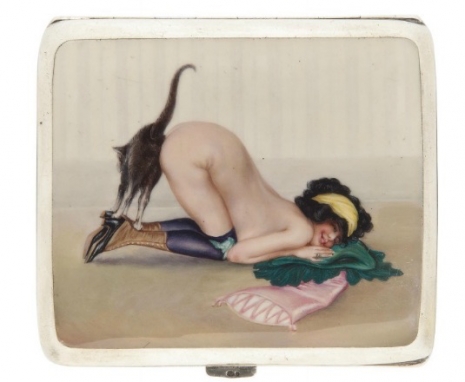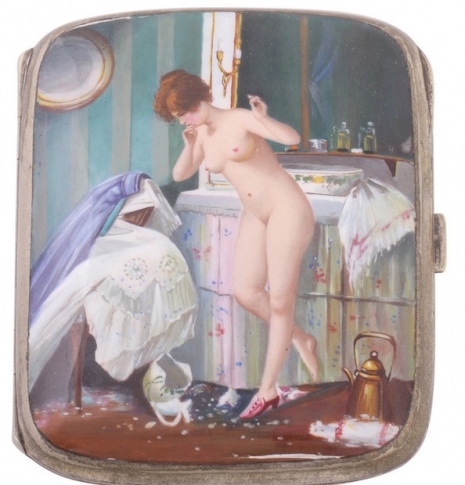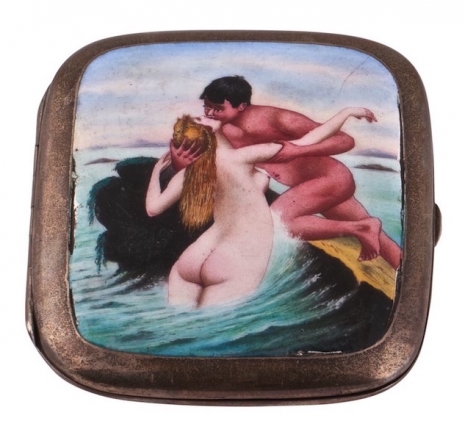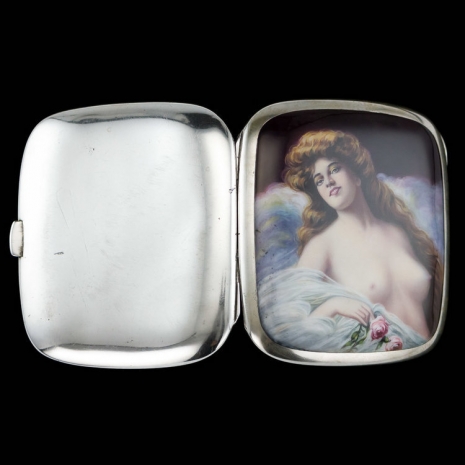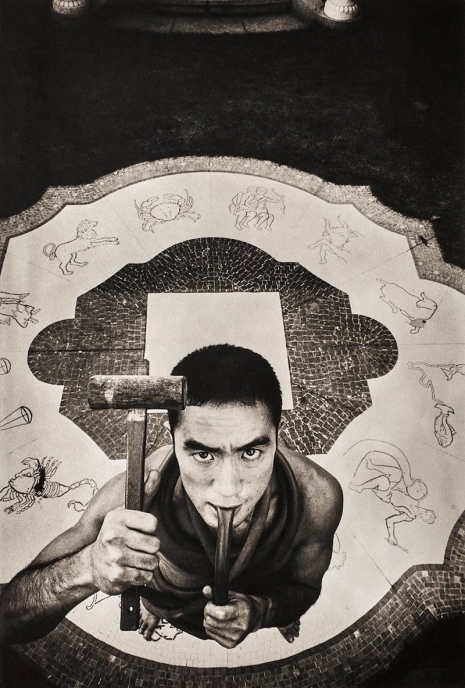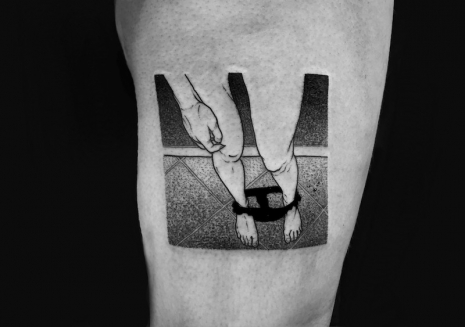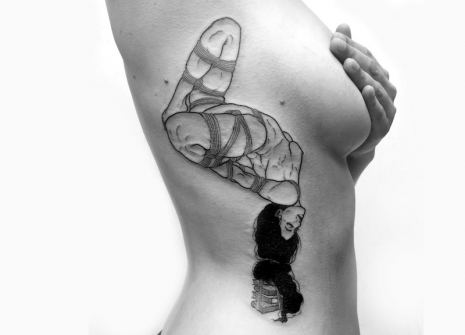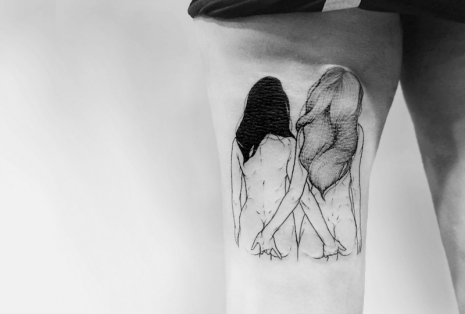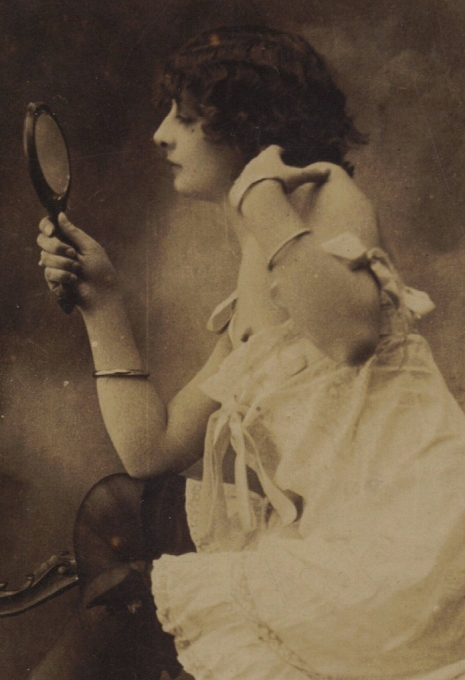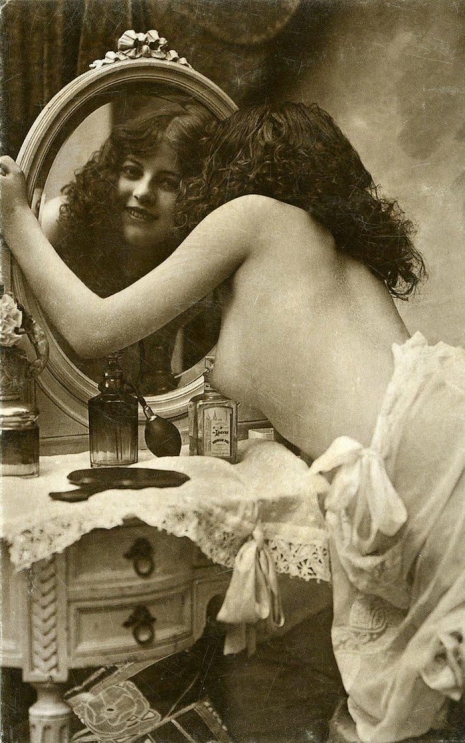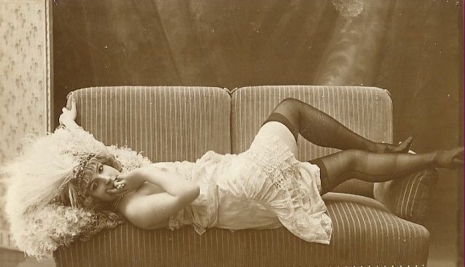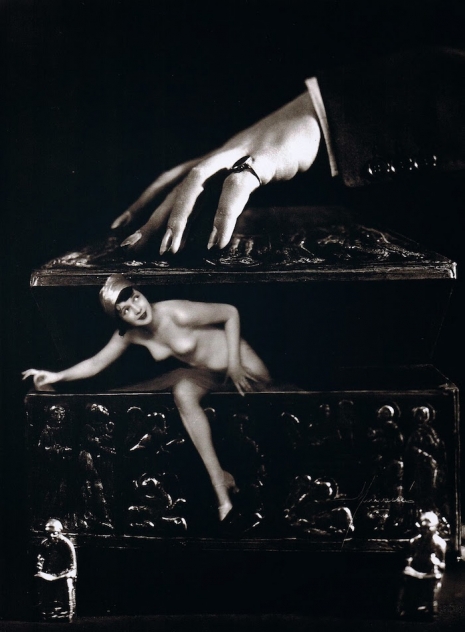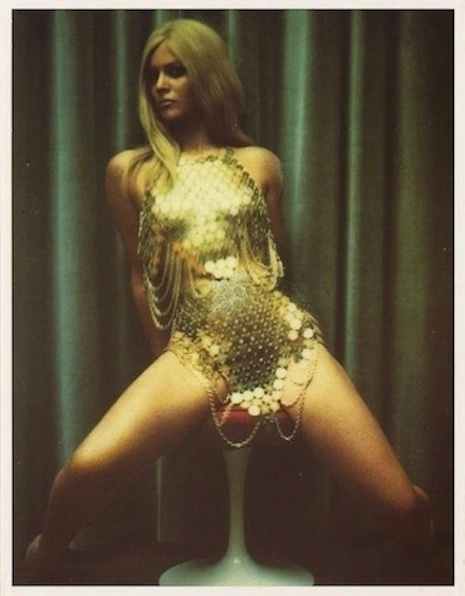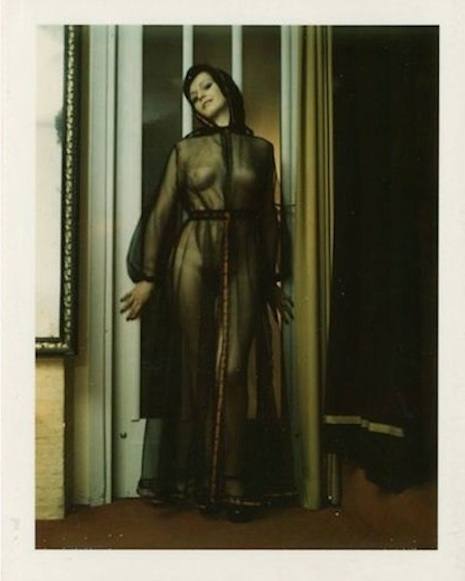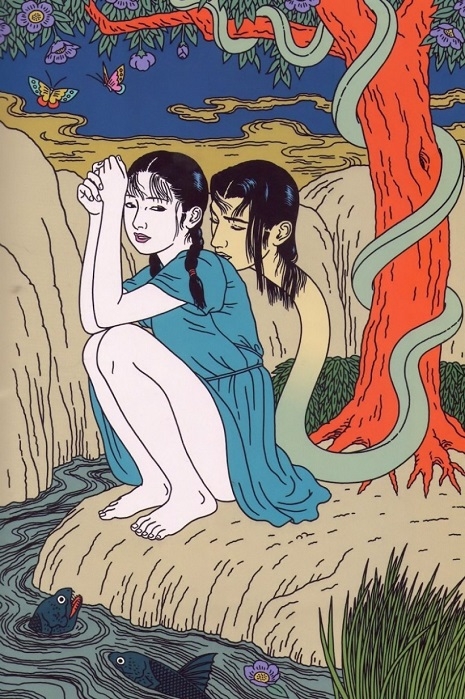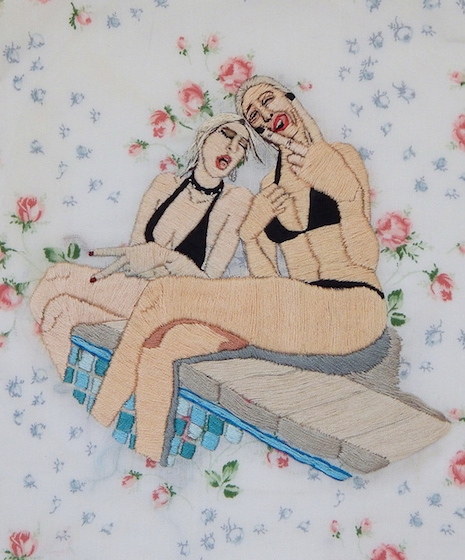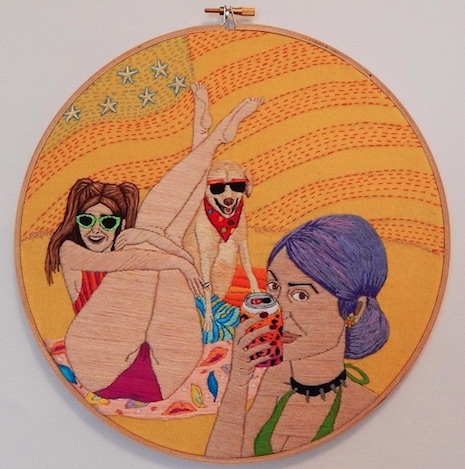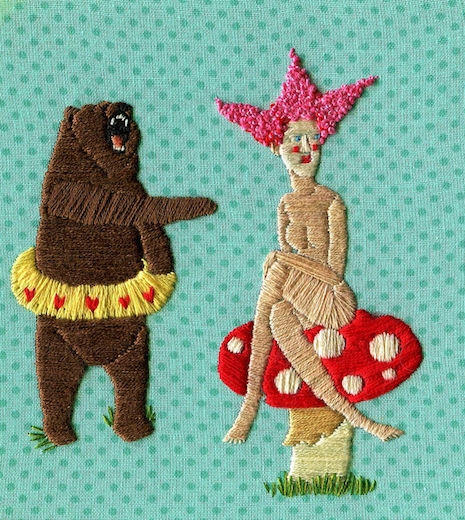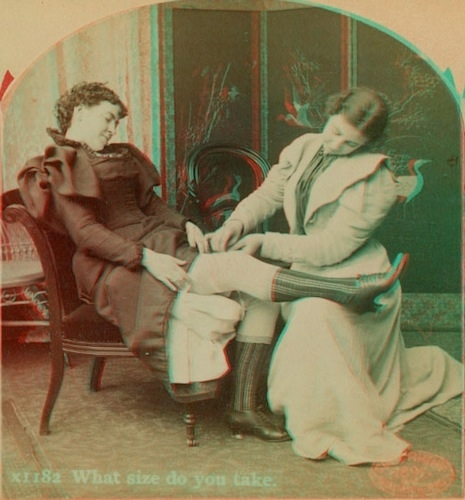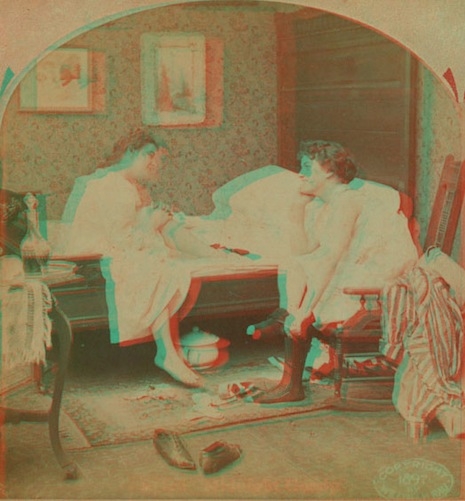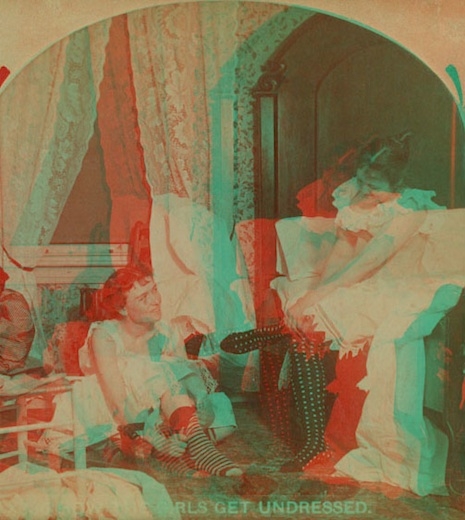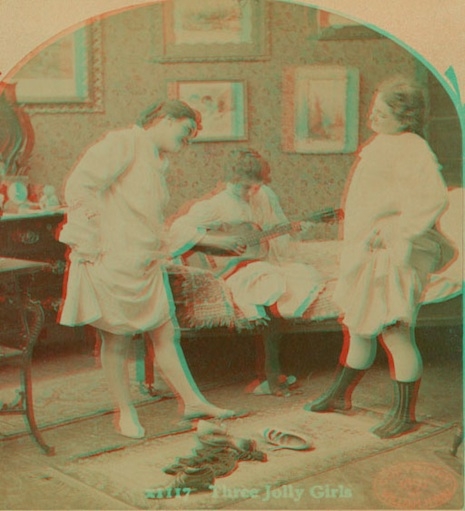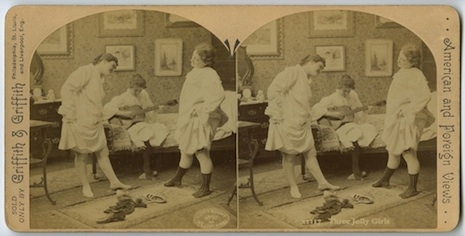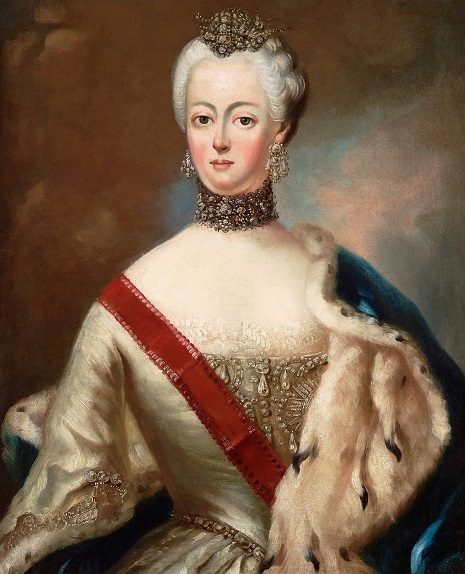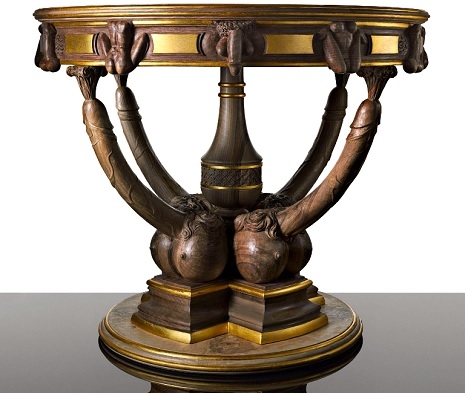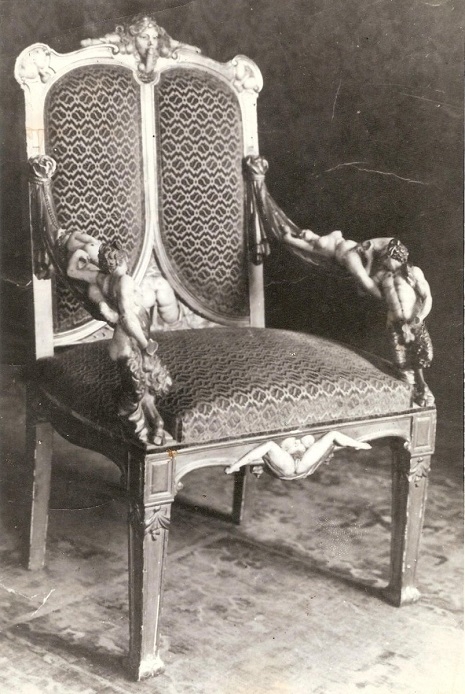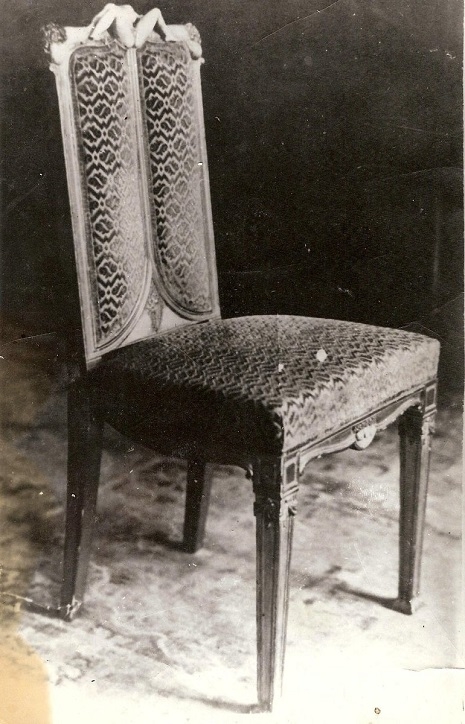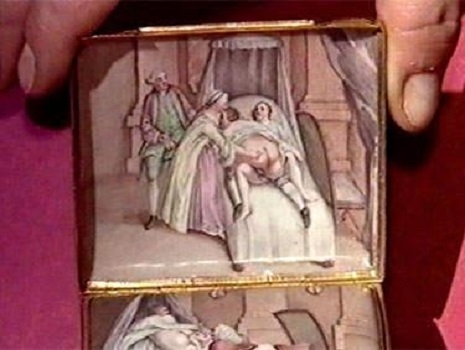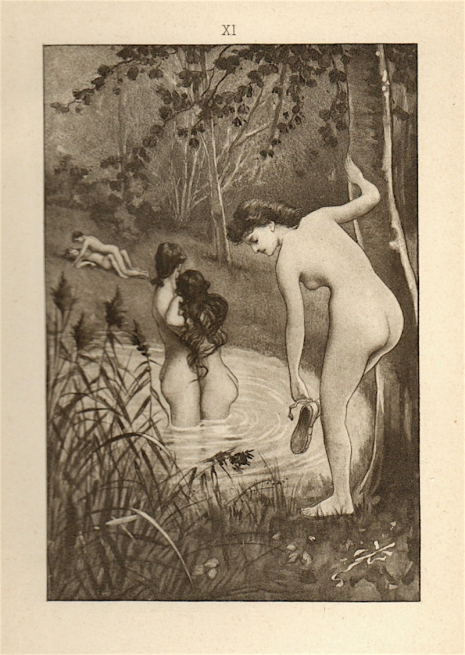
In the late eighteenth and early nineteenth centuries, long before Playboy and Pornhub and even the camera democratized pornography, the world of erotica was primarily the preserve of the wealthy. Those rich gentleman who could afford it were able to purchase illustrated volumes of limited edition books—-notorious novels like Fanny Hill, or salacious volumes of erotic poetry or even historical guides to sex. These books were limited to one or two hundred copies—this exclusivity meant they were very, very expensive. The stories and the poetry were often times just incidental—an added bonus if you like—to the main attraction: highly explicit and beautifully produced illustrations of all kinds of sexual shenanigans.
The master illustrator of such porn was Édouard-Henri Avril—who produced some of the most beautiful yet full-on erotic illustrations. Little is known about Édouard-Henri Avril other than the usual facts of birth and death. He was born in France on May 21st, 1849. He was the son of a policeman. He fought in the Franco-Prussian war, was wounded in 1870—for which he was awarded the Légion d’Honneur—after which he returned to his art studies. He attended the École des Beaux-Arts in Paris. On completing his studies he began his career as a commercial artist. But Édouard-Henri also had a secret career as a pornographer.
It was the offer of illustrating Théophile Gautier‘s novel Fortunio that led Édouard-Henri to his secondary career as an artist of erotic illustration. To avoid any family scandal, he adopted the pseudonym “Paul Avril” for this work—which was a tad confusing as he already had a brother called Paul. However, the little known “Paul Avril” was soon the leading artist of the rich man’s dirty books.
His most famous works are those for John Cleland’s Fanny Hill (1887)—the notorious banned tale of a woman of pleasure, Les sonnets luxurieux de l’Aretin (1904), Gautier’s Une nuit de Cléopâtre (1894), Daphnis et Chloé (1898), Flaubert’s Salammbô (1906), and De figuris Veneris (1906)—an anthology of ancient Greek and Roman erotica compiled by Friedrich Karl Forberg.
Unlike most porn—or at least modern porn—the couples in Avril’s erotica are enjoying each other’s pleasure—as writer TM Bernard notes:
Notice the rapture on the faces of the women, something not usually something seen today, where everything is hot and furious, and a woman’s pleasure is often depicted as secondary to the man’s (and the viewers’). What’s more, the images reveal a total lack of pretense or shame. Whatever is being shared and experienced together is mutual and pleasurable.
This is classic porn. Probably why it cost so much.

Frontispiece to the ‘De Figuris Veneris: A Manual of Classical Erotica’ (1906).

Male masturbation.
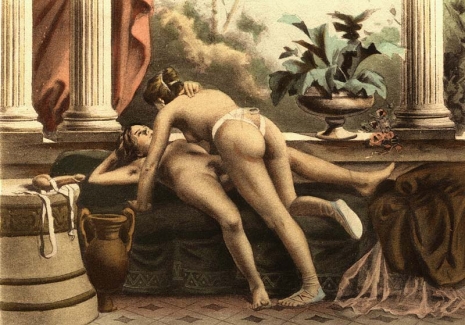
Sex with a strap-on dildo.
More illustrated literary porn, after the jump….






